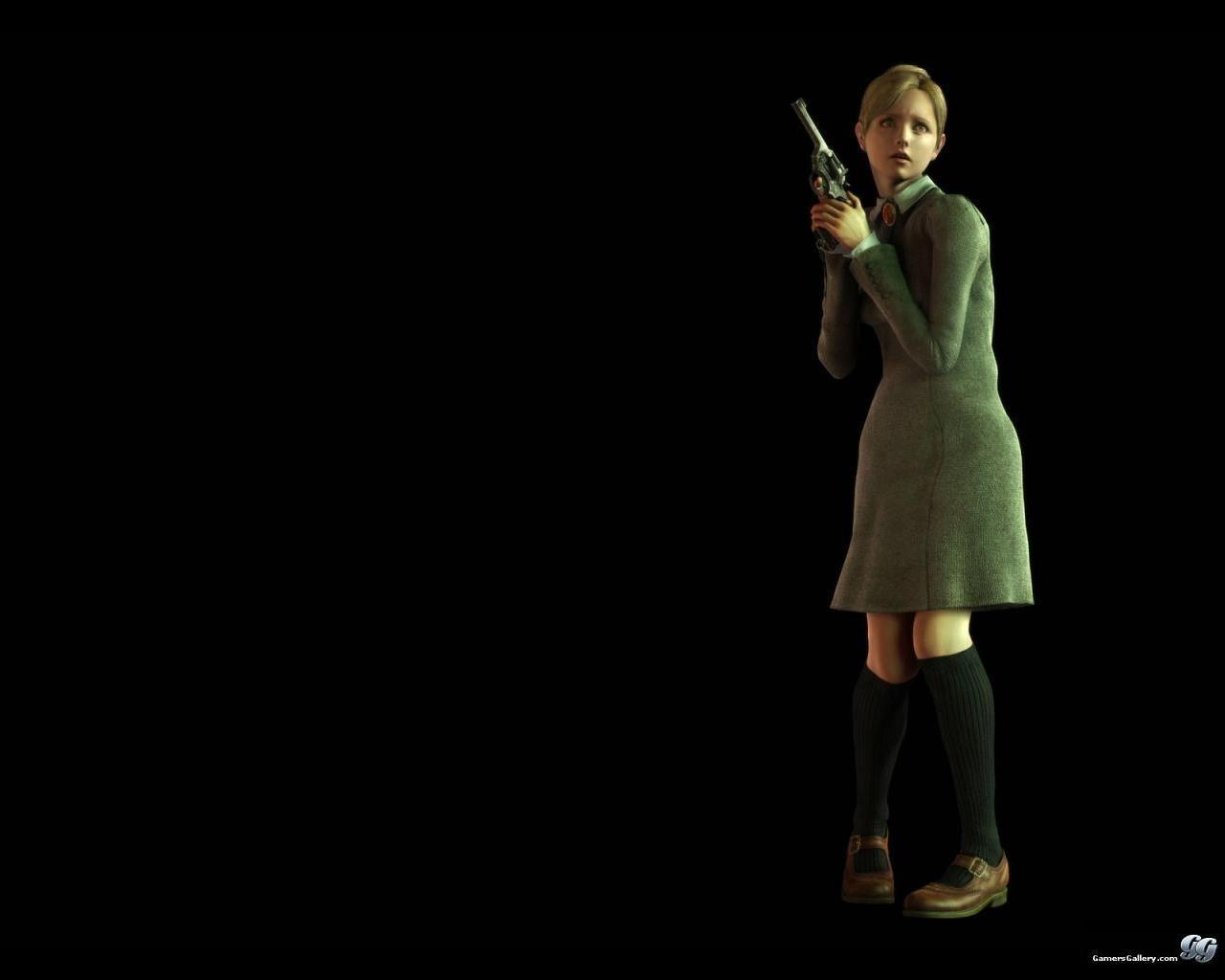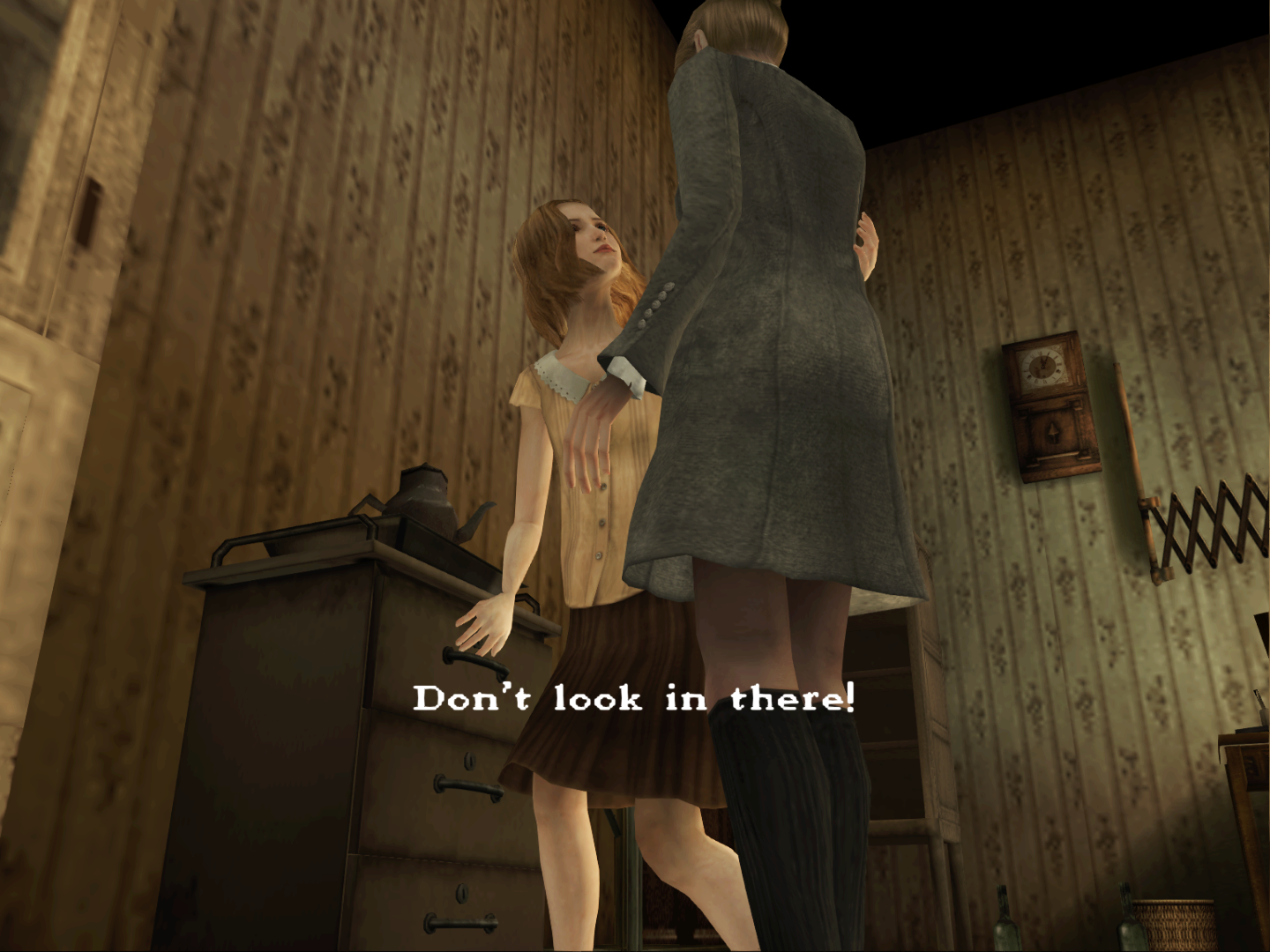
YT: Yes, it’s children being children without the filter of guilt or sin." It may appear so because these are things kids actually do, but we don’t want to see. SI: If we look at it through the eyes of adults, when girls play with each other in this way it may be considered somewhat erotic, but with kids, I…really don’t think they’d see it that way. This is rather delicate, but the theme is supposed to be one of intimate familiarity. We didn’t really get into the sexuality there, though. Shuji Ishikawa: We sort of wanted to show not only how scary adults can be from a child’s perspective, because that’s been touched on many times, but also how scary children can be from an adult’s perspective.

Something that may seem benign to them may seem wrong or frightening to adults, but it’s really just a form of innocence. Not really dark, per se, but if you really think about kids, they aren’t really afraid of the same things that adults are, and often aren’t aware of the consequences.

Yuya Takayama: We wanted to depict the darker side of children. " Gamasutra: What was the inspiration for using the sexuality of prepubescent girls as a theme in the game? In the following extract, both Inshikawa and Takayama discuss the nature and philosophy behind the game's erotic tones: In today's exclusive Gamasutra feature, Game Developer Magazine Features Editor Brandon Sheffield speaks with Rule of Rose game and cinematics director Shuji Ishikawa and Sony Japan assistant producer Yuya Takayama about the game's controversial nature, its development process, and the specifics of Sony America's refusal. In the midst of Sony Computer Entertainment America refusing to publish the game in the U.S., Atlus has taken a bold move by acquiring the rights and announcing an October, 2006 release.

Rule of Rose, the Punchline-developed survival horror game published by Sony Computer Entertainment in Japan, has caused a stir with its sadistic themes, prepubescent female cast, and disturbing erotic undertones.


 0 kommentar(er)
0 kommentar(er)
